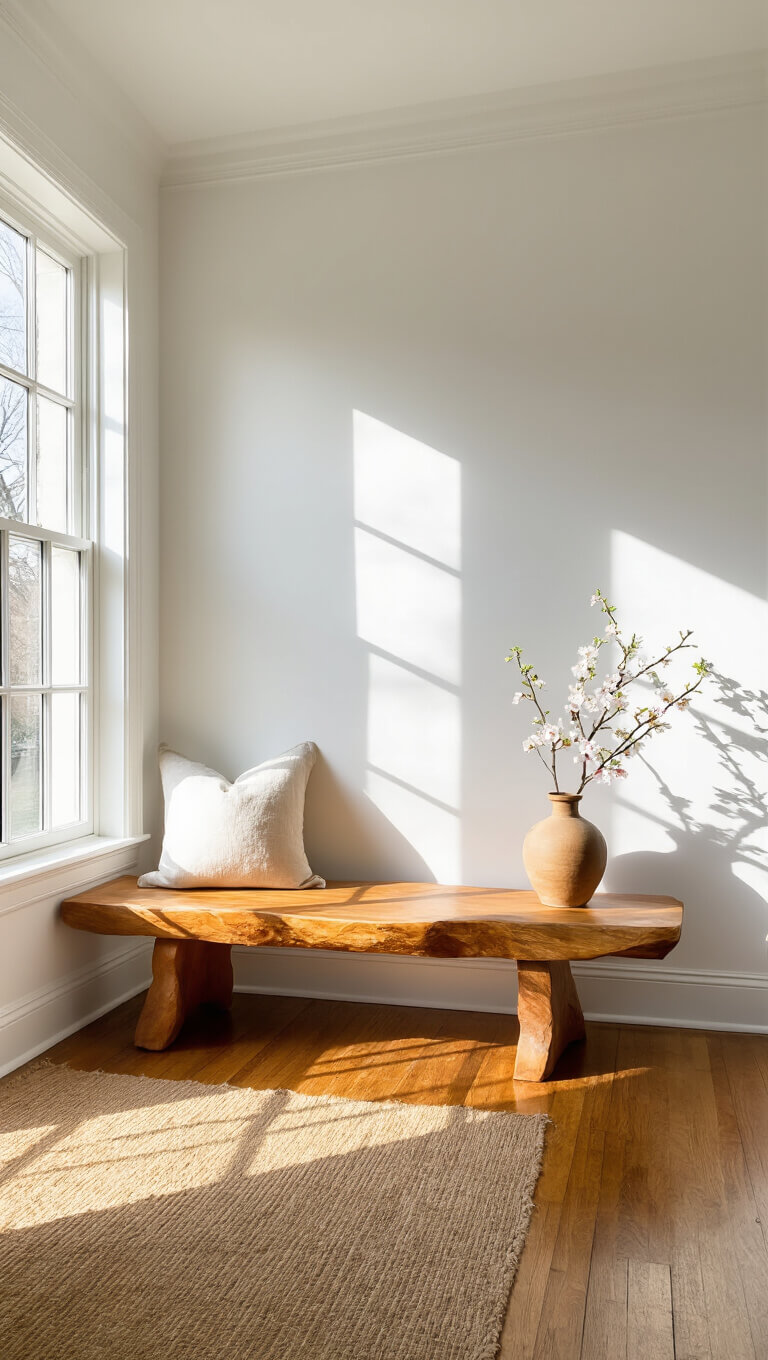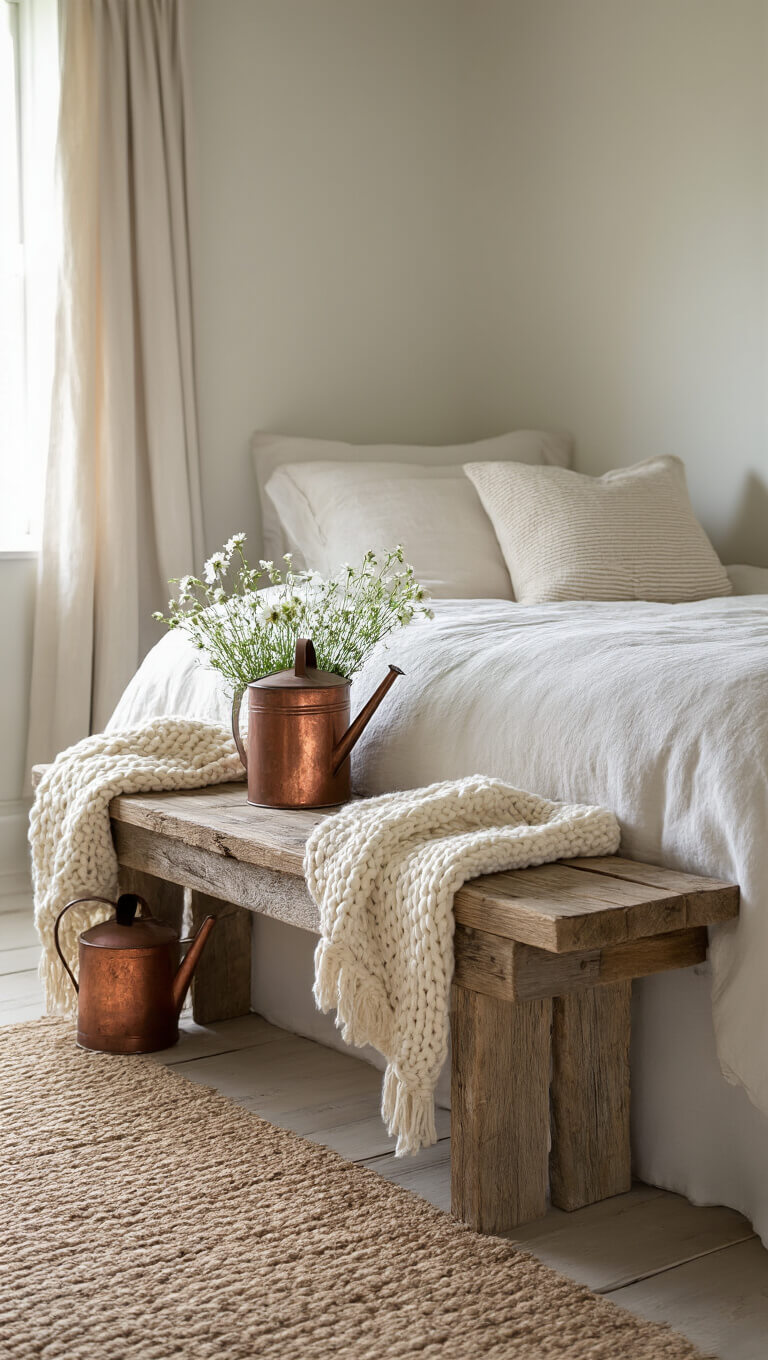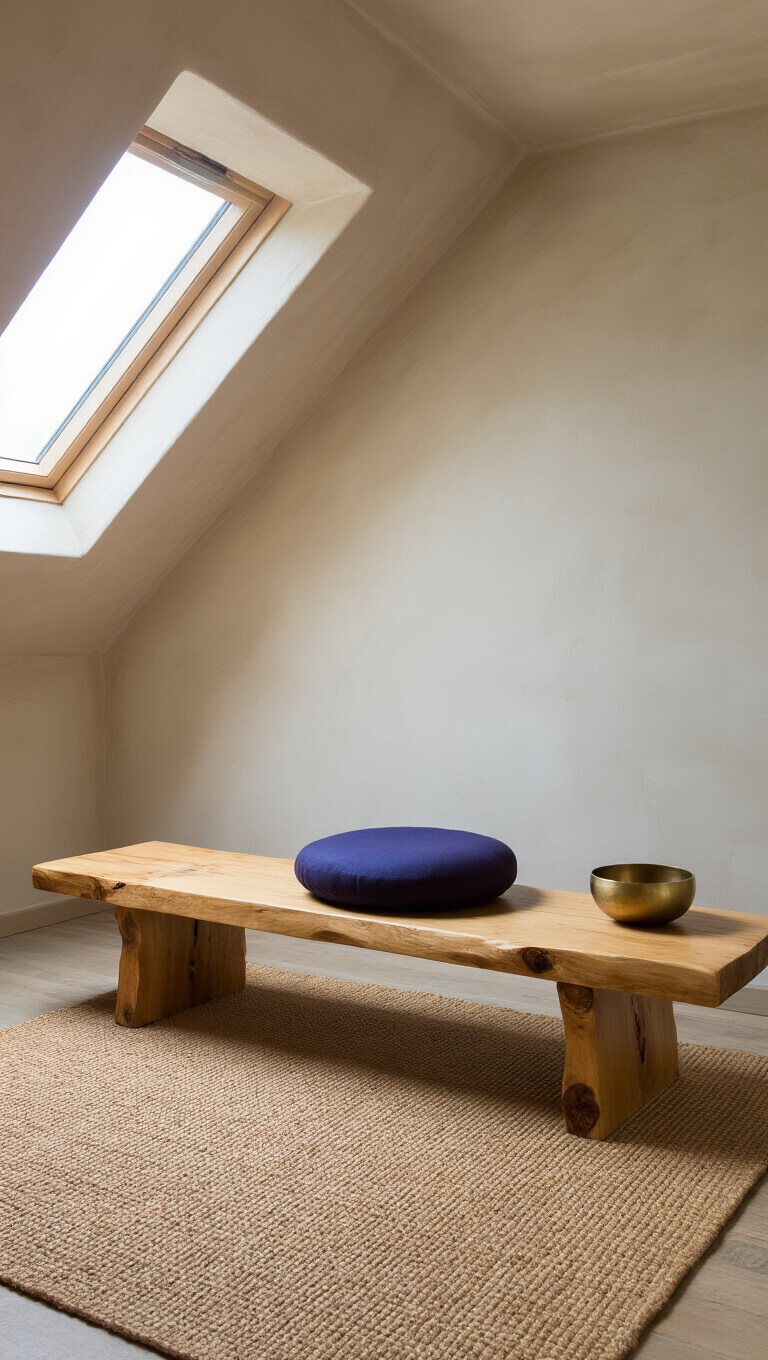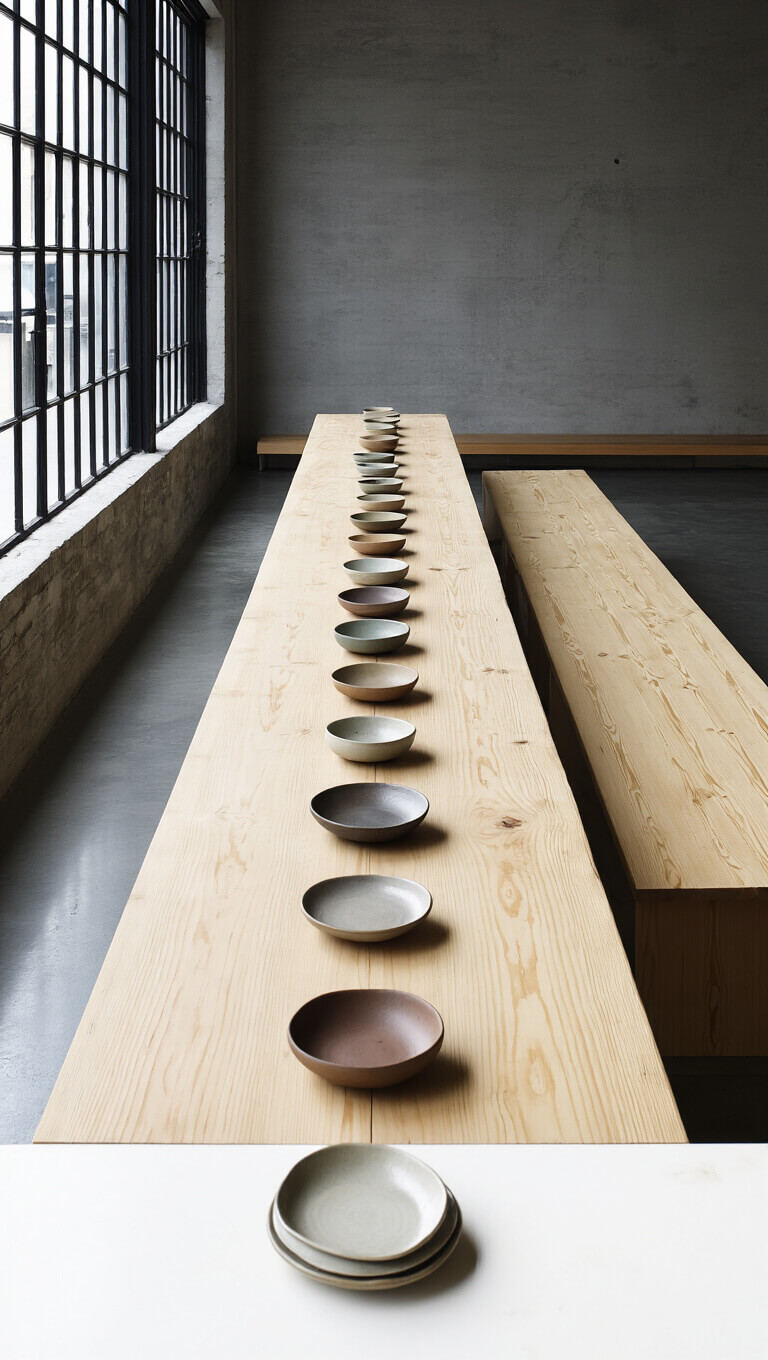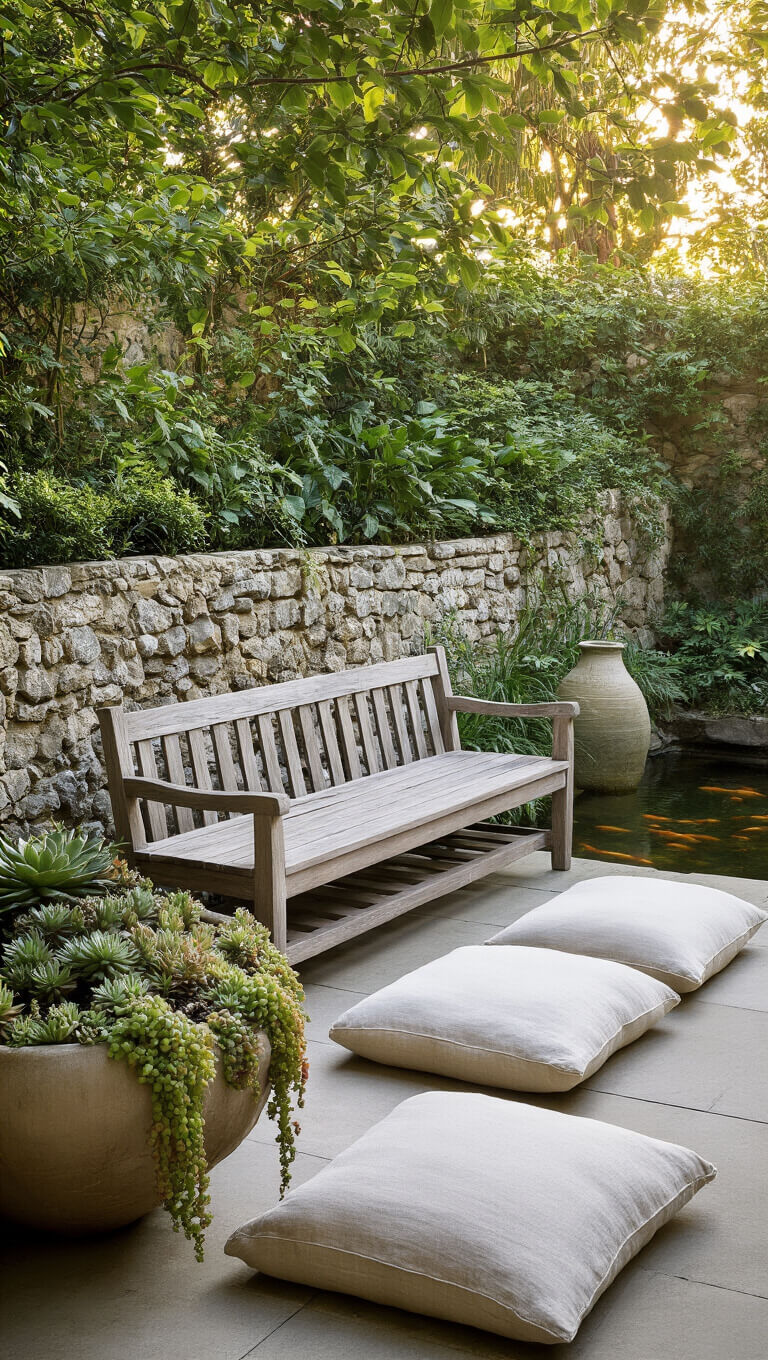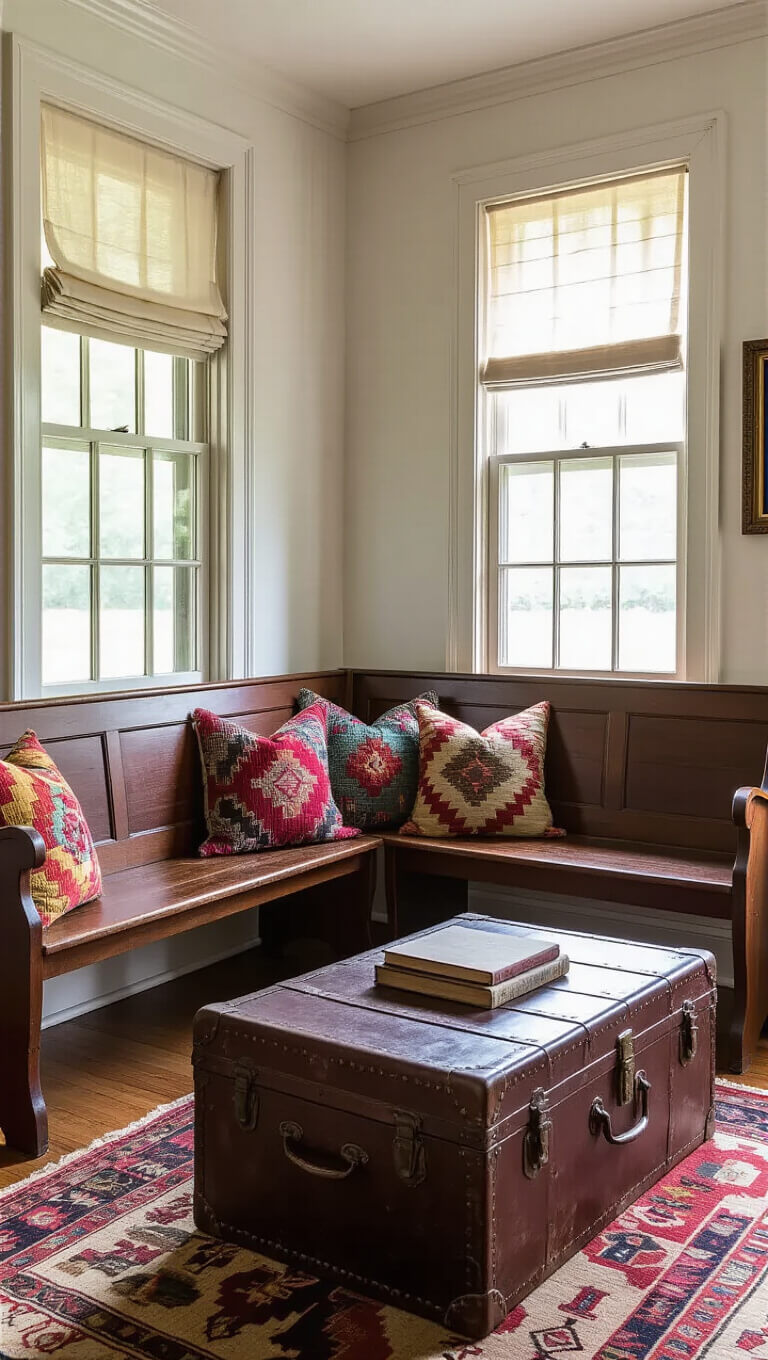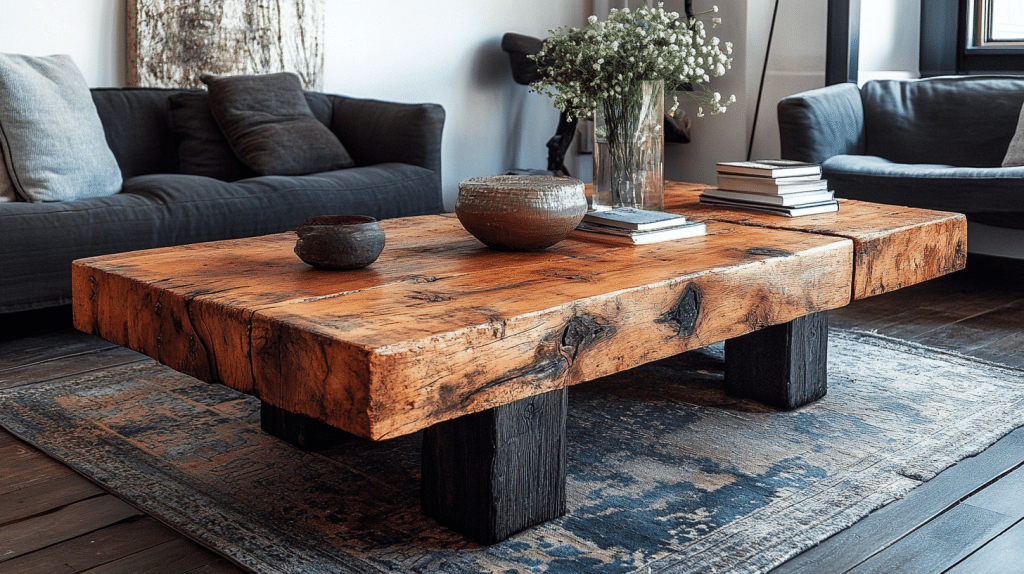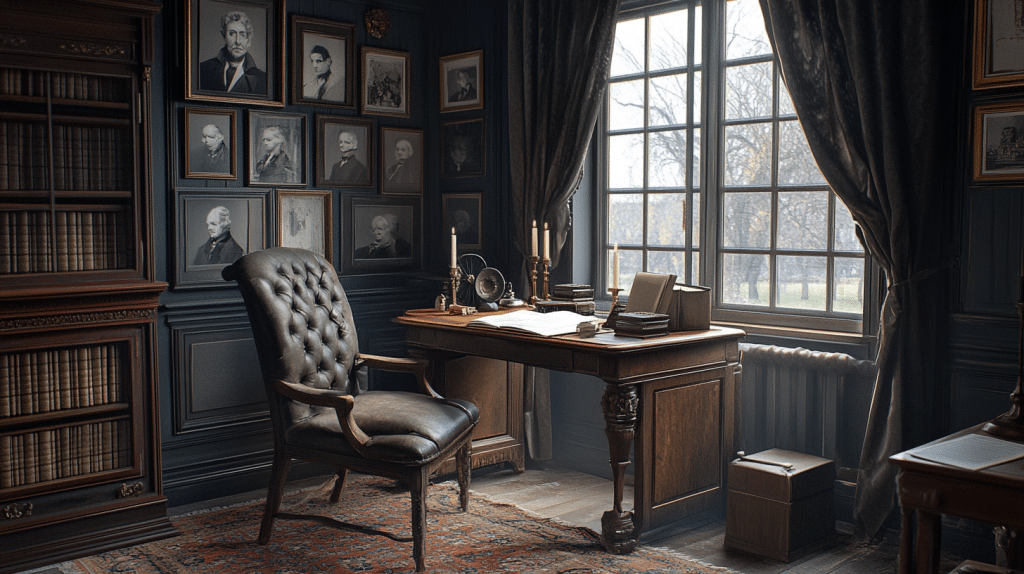Wabi-Sabi Bench Ideas: Embracing Natural Imperfection in Home Design
Tired of cookie-cutter furniture that feels mass-produced and soulless? Let’s dive into the world of wabi-sabi benches – where every crack, knot, and imperfection tells a story.
What Exactly is a Wabi-Sabi Bench?
A wabi-sabi bench isn’t just furniture. It’s a philosophy carved in wood, celebrating:
- Natural materials
- Imperfect beauty
- Simplicity
- Authenticity
- The passage of time
Choosing Your Perfect Wabi-Sabi Bench: Material Matters
I’ve learned that material selection is the heart of wabi-sabi design. Look for:
Wood Types That Sing Wabi-Sabi:
- Teak
- Walnut
- Reclaimed barn wood
- Elm
- Pine
Key Design Characteristics:
- Visible wood grain
- Natural knots
- Untreated surfaces
- Minimal joinery
- Organic, asymmetrical shapes
Design Approaches to Capture Wabi-Sabi Essence
1. Live-Edge Benches
- Retain natural tree silhouette
- Showcase wood’s raw character
- Blend materials like stone and wood
2. Vintage & Salvaged Options
- Old church pews
- Rustic farm benches
- Repurposed wooden beams
Styling Your Wabi-Sabi Bench: Pro Tips
Placement Strategies:
- Against plain walls
- Entryway focal points
- Minimal surrounding decor
- Embrace negative space
Texture and Accessorizing:
- Single linen cushion
- Muted, earthy tones
- Handmade ceramic vase
- Single branch or wildflower arrangement
DIY Wabi-Sabi Bench Creation
Want to craft your own? Here’s a quick guide:
- Use reclaimed wood
- Minimal sanding
- Natural oil finishes
- Experiment with contrasting legs
- Embrace imperfections
Perfect Placement Ideas
Indoor Locations:
- Bedroom foot
- Entryway
- Meditation corner
- Home office
Outdoor Spaces:
- Garden seating
- Patio accent
- Balcony relaxation spot
Pro Sourcing Tips
- Etsy for unique pieces
- Pinterest for inspiration
- Local woodworkers
- Antique markets
- Salvage yards
Final Thoughts
Wabi-sabi isn’t about perfection. It’s about finding beauty in simplicity, embracing natural wear, and telling a story through your furniture.
Remember: Every scratch, every grain, every subtle imperfection is what makes your bench uniquely beautiful.
Resource Links
- Wabi-Sabi Design Principles
- Handcrafted Furniture Makers
- Sustainable Wood Sourcing

